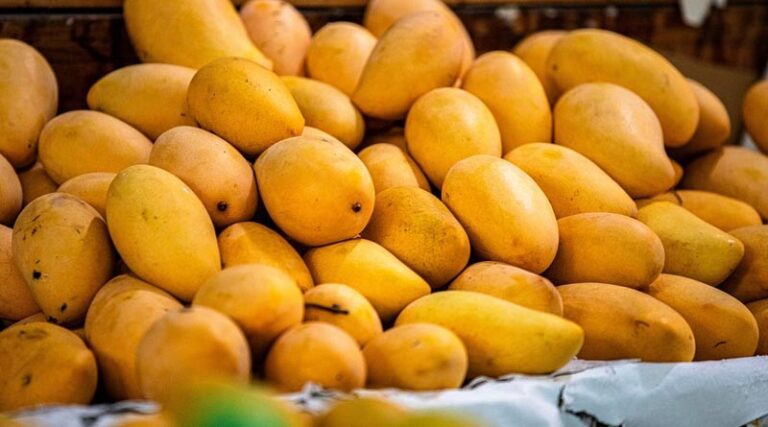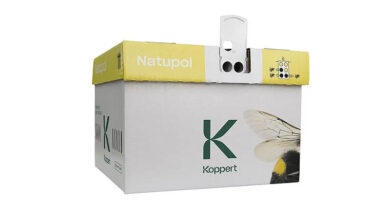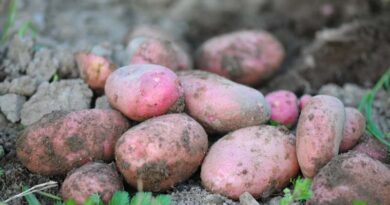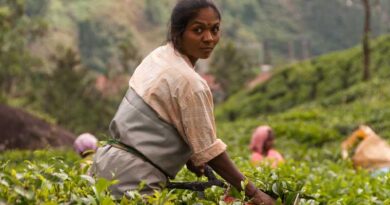
Better Mango Yield Through Effective Disease and Pest Management: Experts Share Essential Tips
IARI Advisory for Indian Mango Farmers
26 June 2025, New Delhi: Mango, widely regarded as the “King of Fruits,” is not only loved for its delicious flavor but also serves as a vital source of income for farmers across India. However, as the fruit approaches ripening, challenges such as fruit fly infestations and black spot diseases begin to escalate, threatening both yield and quality. Experts from the Indian Agricultural Research Institute (IARI) have now issued important advice for mango growers on how to care for their orchards properly and manage pests effectively.
Improving Fruit Quality and Storage Life
Proper irrigation is crucial during the hot summer months. In areas with light or sandy soil, farmers should irrigate their mango trees every seven days, while those cultivating in heavier soils should water every ten days. Besides water, mango trees also require micronutrients such as zinc, boron, iron, manganese, and copper. Farmers are advised to prepare a nutrient spray by mixing these elements available in the market at a ratio of two milliliters per liter of water and apply it to the trees. This treatment significantly promotes better fruit development and enhances quality.
Early-ripening varieties common in North India, including Dasheri, Bombay Green, Gaurjeet, and Pusa Lalima (developed by IARI), begin to mature by mid-June. Applying a one percent potassium spray during the first week of June, using potassium chloride, nitrate, or sulfate, can substantially increase the sweetness of the fruit and improve its shelf life.
Preventing Koilia Disorder
Sulfur dioxide gas emitted from brick kilns has been identified as a major cause of Koilia disorder in mangoes, leading to a decline in fruit quality. To combat this, experts recommend spraying borax on the trees. An initial spray should be done during the first half of May, followed by a second application toward the end of June. Farmers should prepare the borax solution by dissolving 10 grams of borax per liter of water before spraying it on the orchard.
Controlling Fruit Fly Infestations
Fruit flies pose the most serious threat to mango orchards during this season. The female fruit flies lay eggs just beneath the skin of the mango, which causes the fruit to rot and become unfit for consumption. To prevent this, farmers must deploy fruit fly traps in their orchards. About 12 to 15 traps per hectare are recommended, and the wooden parts of these traps should be replaced every 15 to 20 days to maintain effectiveness.
For preparing the bait mixture used in the traps, a combination of ethyl alcohol (six parts), methyl eugenol (four parts), and spinosad (three parts) is suggested. Wooden pieces soaked in this solution for at least 72 hours are then placed inside the traps. In addition, spraying spinosad at a concentration of 40 milliliters per 100 liters of water twice at intervals of 10 to 15 days also helps in significantly reducing fruit fly populations.
Guidance for Young Plants and Newly Established Orchards
Young mango plants and newly established orchards require careful attention, especially regular irrigation. Farmers intending to plant new orchards during the monsoon season should prepare pits between the end of May and the first week of June. These pits should be left open for 20 to 25 days to allow sunlight to sterilize the soil by eliminating harmful pathogens.
Also Read: Five Indians Recognized in 2025 Top Agri-Food Pioneers List by World Food Prize Foundation
📢 If You’re in Agriculture, Make Sure the Right People Hear Your Story.
Have a story the global agriculture industry should hear? From product launches to strategic announcements, Global Agriculture offers unmatched visibility across international agri-business markets. Connect with us at pr@global-agriculture.com to explore editorial and advertising opportunities that reach the right audience, worldwide.






